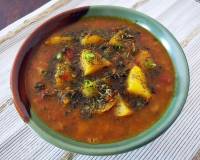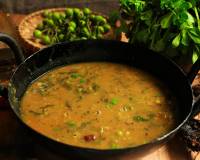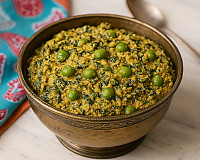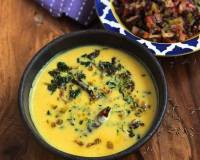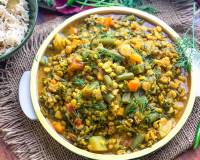An Indian kitchen is incomplete without methi or fenugreek leaves, also called as keerai in South India. It is one of the many green leafy vegetables that is used more as a herb in most cultures than it is used as a dietary food, but in India it is more of a staple vegetable. Fenugreek is an annual plant in the family Fabaceae with its leaves and seeds used across regions for medicinal and dietary purposes. India is the largest producer of methi, with maximum production concentrated in the state of Rajasthan with over 80% production of the country coming from here.
You will not find a majority when it comes to liking methi, but to be fair, methi leaves have a distinct taste and are also slightly bitter which not many might fancy. But its health benefits definitely outweigh its taste. Including methi leaves in your diet can help with bowel issues like gastric and intestinal problems, allergies or congestion in the respiratory tract can be cured with methi, it lowers the bad cholesterol in the body and also maintains glucose metabolism which could prove to be beneficiary for diabetics. The high levels of iron in methi is great for someone who is suffering from anemia, methi balances the blood liquid levels and helps in keeping your heart healthy and also helps with heartburn and acid reflux.
So we have provided you with enough reasons to why including methi leaves in your diet can be a great addition to your health, now we are also going to provide you some delicious recipes that you can try. Methi leaves can be added in our diets through super tasty recipes which will with ease camouflage its taste and you will see yourself consuming these occasionally.












